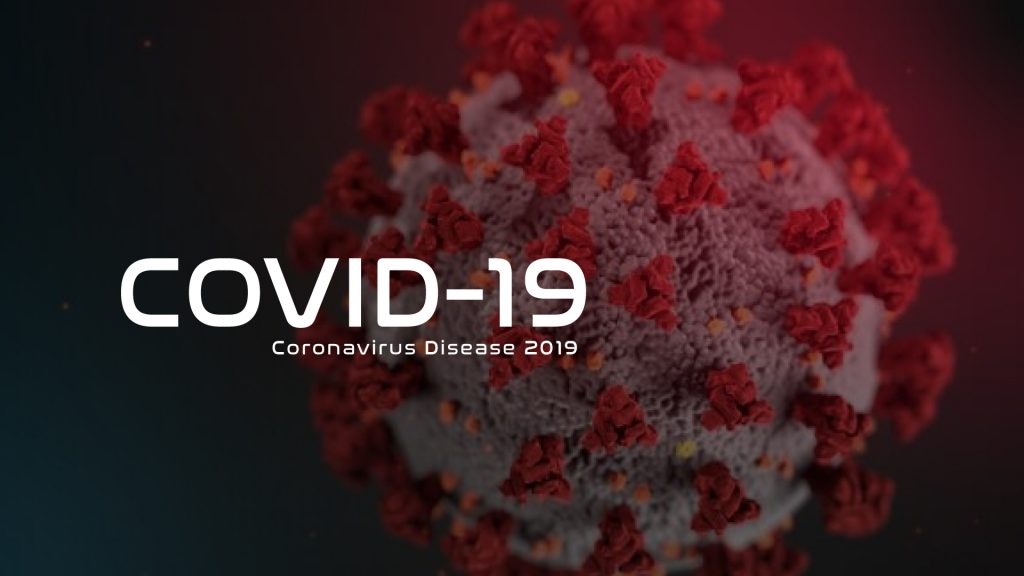With no ideal animal model that mimics how SARS-CoV-2 infection leads to COVID-19 in people, several research groups are turning to mini-organs grown from human stem cells to better understand whether and how different organs could become potential targets of infection.
In a preliminary, not-yet-peer-reviewed study posted June 26 to bioRxiv, a team of Yale University researchers report that SARS-CoV-2 is capable of infecting and replicating in neurons in human brain organoid models. While the finding is consistent with two other, smaller studies, there’s no clear evidence so far that the virus can infect brains.
“I think these [organoid] papers are interesting, but it’s too early to know how to put [them] in context of the rest of the infection,” says Avindra Nath, a neurovirologist at the National Institutes of Health who wasn’t involved in the research.
It’s becoming increasingly clear that COVID-19 causes not only respiratory ailments, but also a wide variety of neurological symptoms—from the common phenomenon of losing taste and smell, to more recent reports of ischemic stroke, delirium, and hallucinations—raising questions of whether such symptoms are a byproduct of various disruptions SARS-CoV-2 causes throughout the body, a consequence of the trauma of being hospitalized with COVID-19, or if they could be due to viral invasion of neural tissues. Earlier this year, Eric Song, a graduate student in immunologist Akiko Iwasaki’s lab at Yale, and PhD student Ce Zhang started to investigate whether SARS-CoV-2 was capable of infecting neurons of the central nervous system.
The team used nine-week old brain organoid models—blobs of tissue that in this case formed a simplified version of the community of neurons that inhabits the cerebrum—which had been grown from induced pluripotent stem cells. When the tissue was exposed to SARS-CoV-2, the virus readily infected increasing numbers of cells over the course of four days, suggesting that the coronavirus can use the machinery of neurons to generate more copies of itself. “I wasn’t surprised to see that [the] neurons do become infected,” Iwasaki says, “but I was a bit surprised to see how efficiently they [became] infected.”
The team also observed large numbers of cells dying within the organoid, yet curiously, those often weren’t the same cells that were infected, suggesting that infected cells damage their neighbors, possibly by gulping up oxygen from the environment in the process of manufacturing copies of the virus, Iwasaki says. Interestingly, an analysis of transcribed genes in the coronavirus-infected organoids pointed to an upregulation of pathways related to cell division and metabolic processes—a contrast to Zika virus–infected organoids, which primarily upregulate inflammatory pathways. “This virus surprises me [at] every turn, because it doesn’t produce the typical set of . . . gene signatures that we’re used to seeing with other viruses,” Iwasaki says.
See “Cells’ Response to SARS-CoV-2 Different from Flu, RSV”
An important question to the team was whether SARS-CoV-2 was using its typical route of entry—via the ACE2 receptor—into human cells, given previous reports suggesting that mRNA abundance of ACE2 is very low in brain tissue. Although Iwasaki and her colleagues found that ACE2 mRNA was indeed sparse within the organoid neurons, they found widespread ACE2 protein on the surfaces of certain neurons. Perhaps, she explains, it’s a protein that requires very little mRNA to manufacture, such that transcript levels aren’t a good indicator of protein abundance.
In addition, the researchers found they could block viral infection by administering an ACE2-blocking antibody to the culture, suggesting that even in brain tissue, the receptor “can be used by the virus to enter the cell,” Iwasaki says.
“This is an excellent study . . . really comprehensive and addressed a lot of questions,” remarks Lena Smirnova, a neurotoxicologist at Johns Hopkins University who wasn’t involved in the research. She sees the results as a validation of her own findings, recently published as a short communication in Alternatives to Animal Experimentation, in which she and her colleagues also observed replication of SARS-CoV-2 in some neurons in a type of human stem-cell derived organoid called a BrainSphere.
Such organoid studies have limitations, Smirnova notes. For example, they lack microglia cells, which may play some role in antiviral defense. In addition, neural organoids lack the blood-brain barrier that would normally confer some degree of protection against most viruses, although Iwasaki notes it’s possible that SARS-CoV-2 could circumvent this barrier by entering the brain through the olfactory system, something that’s been shown in mice infected with common cold–causing coronaviruses…..







